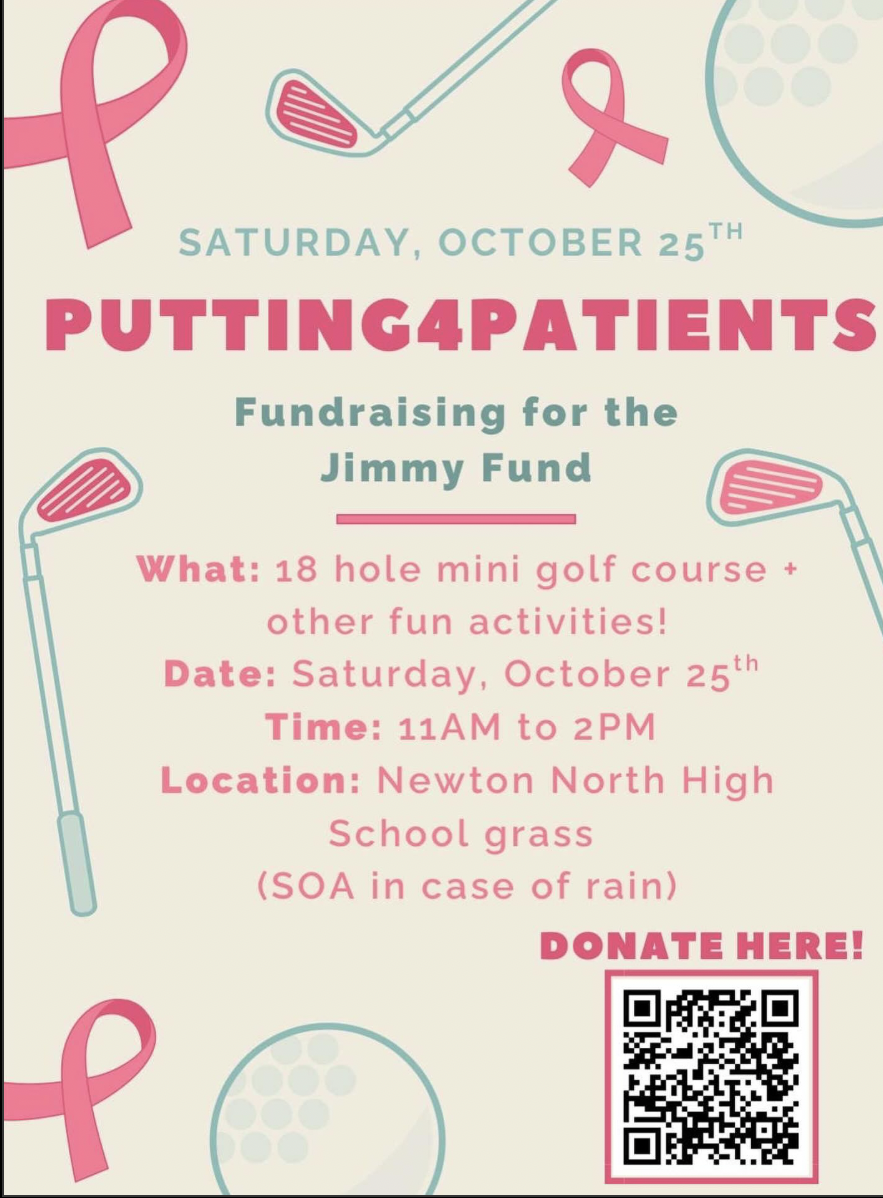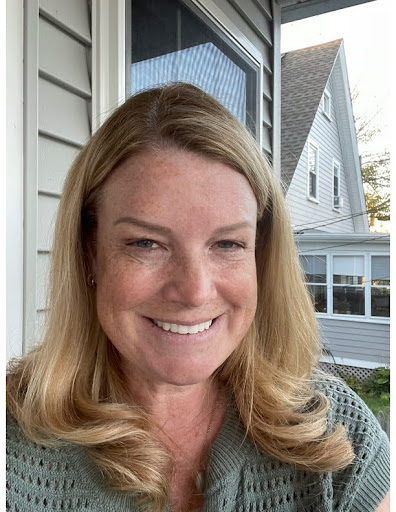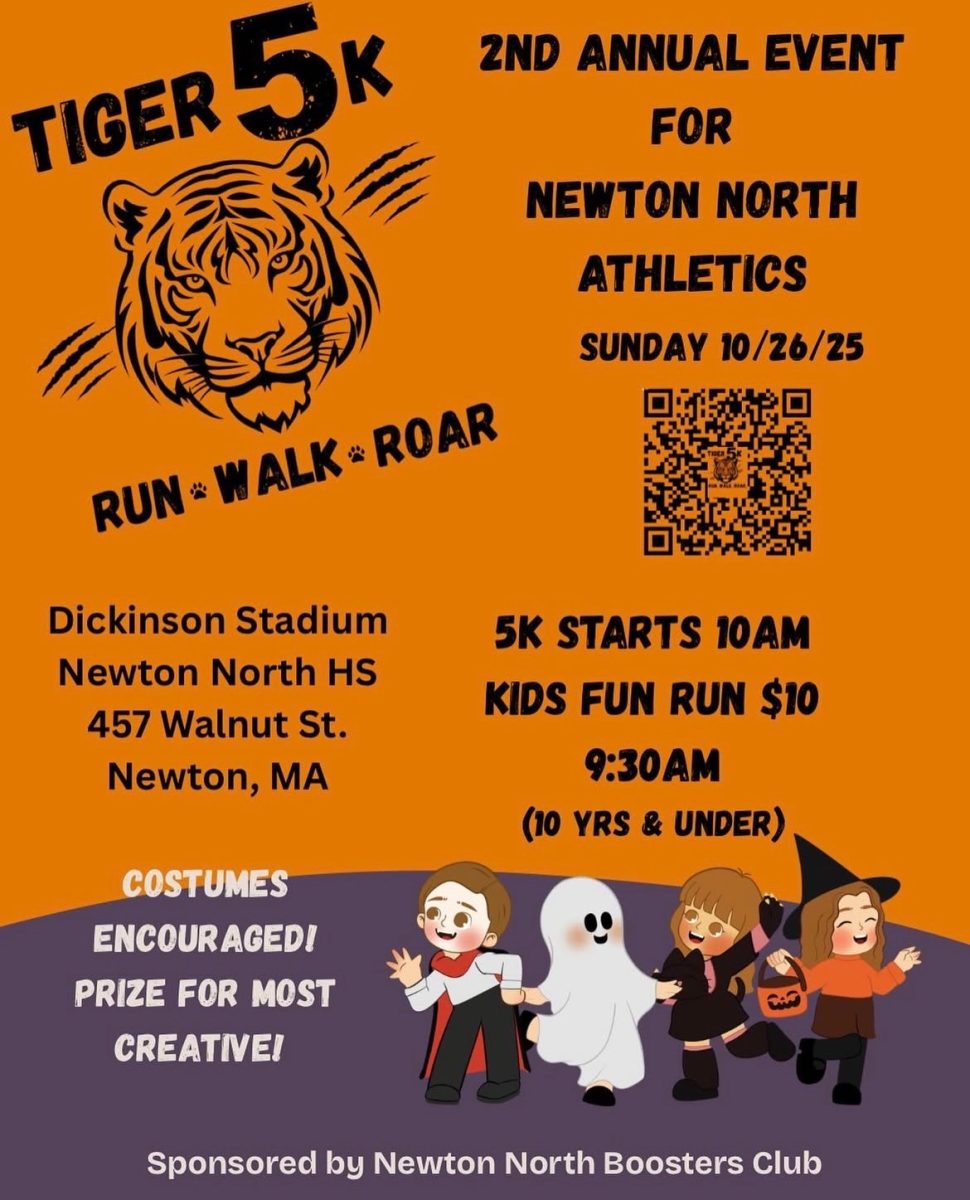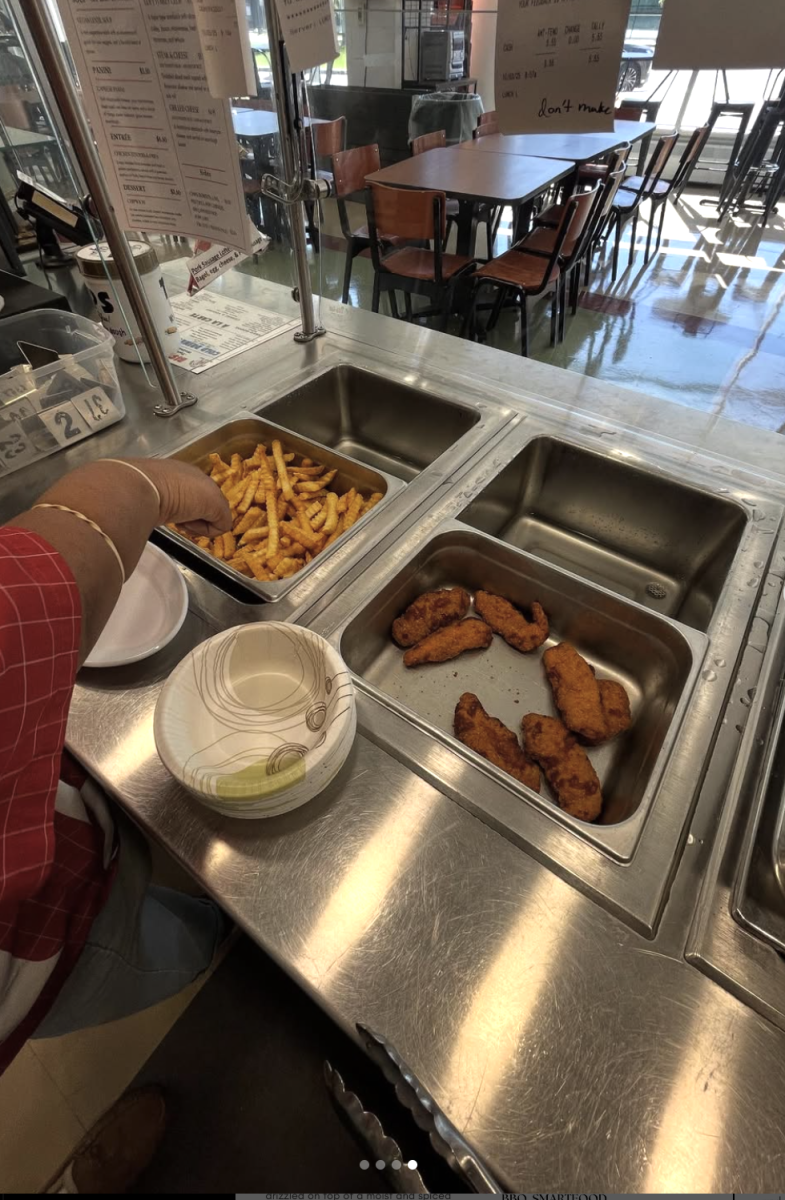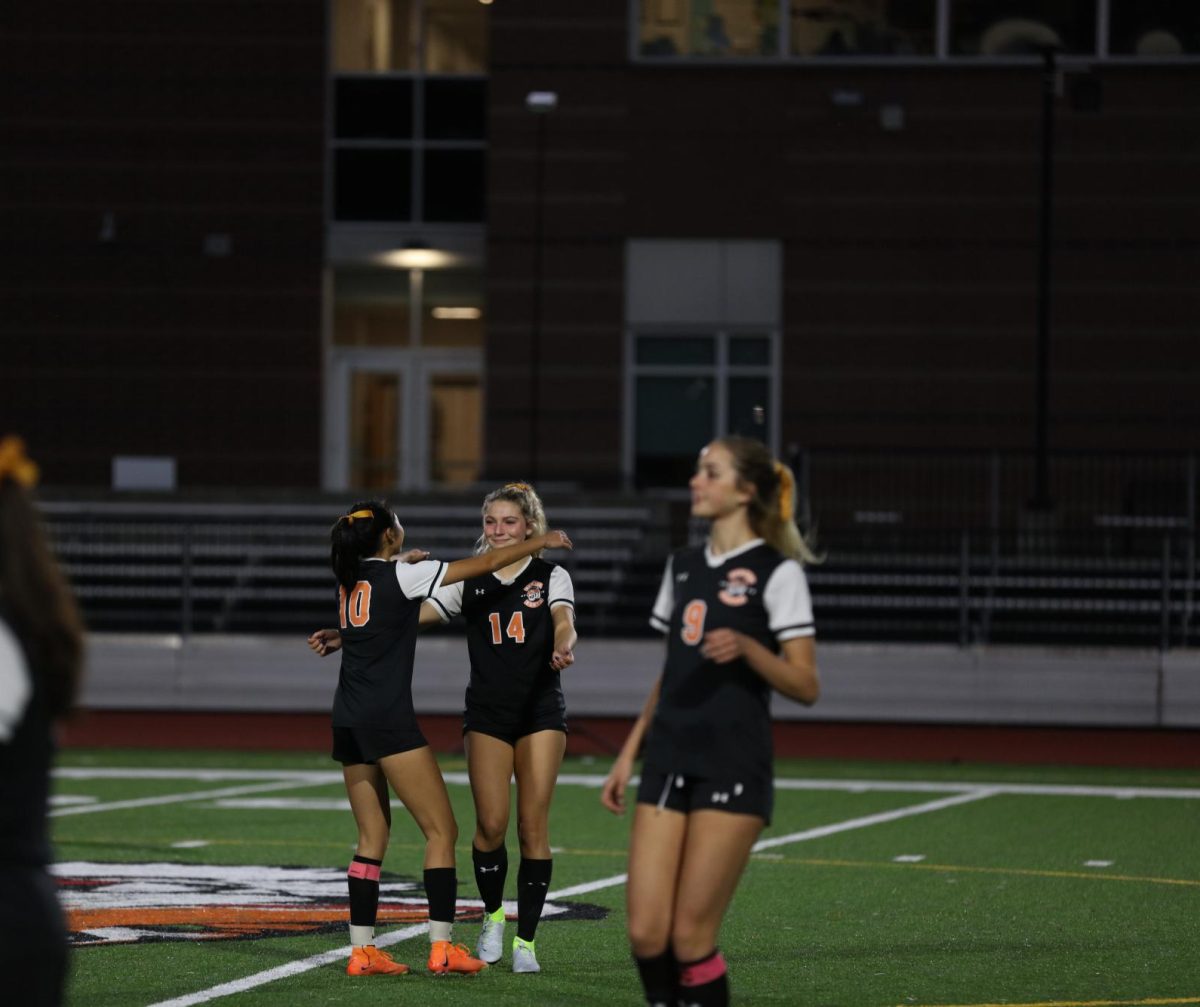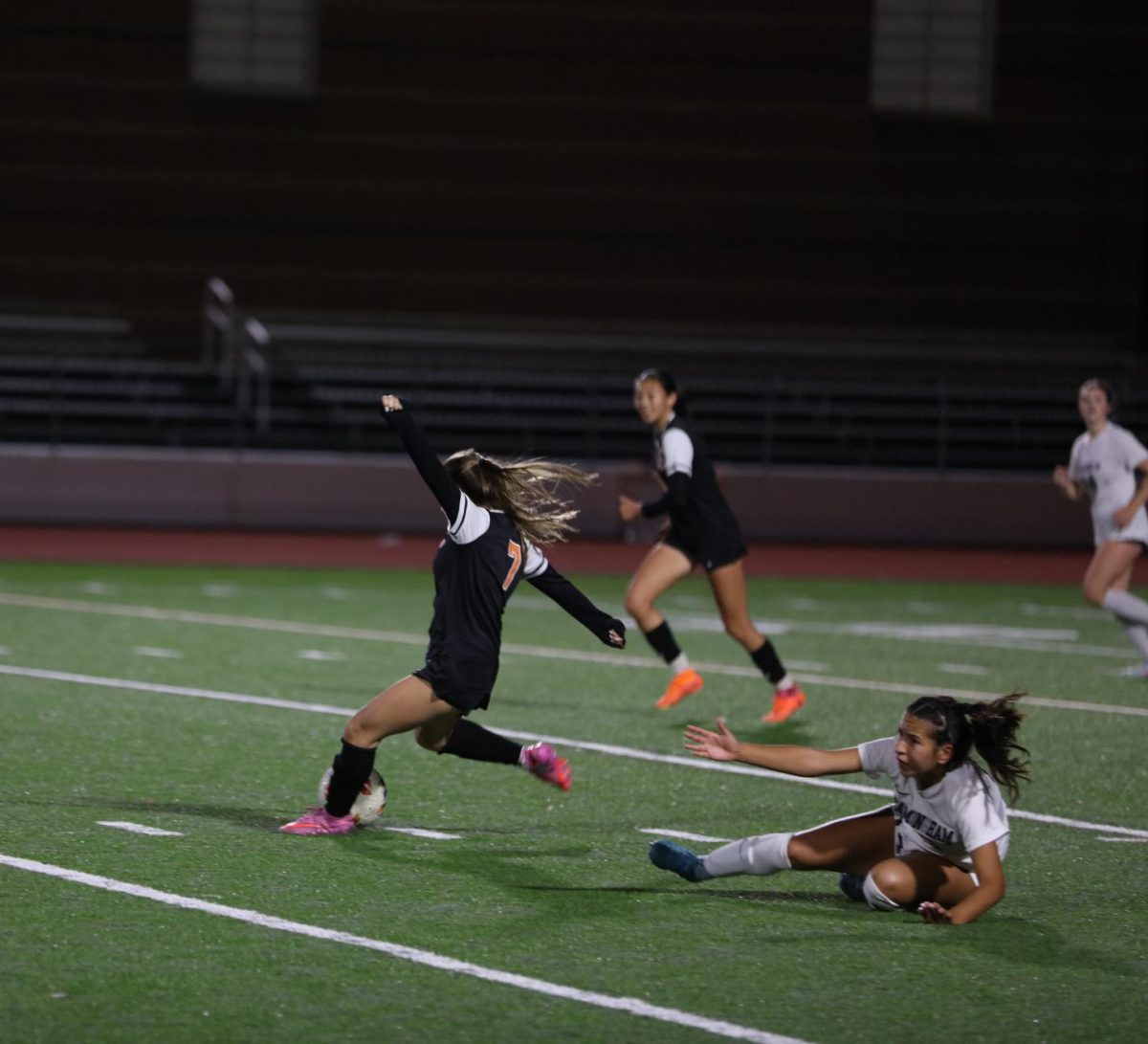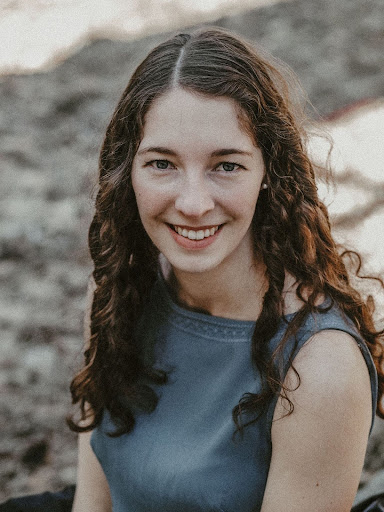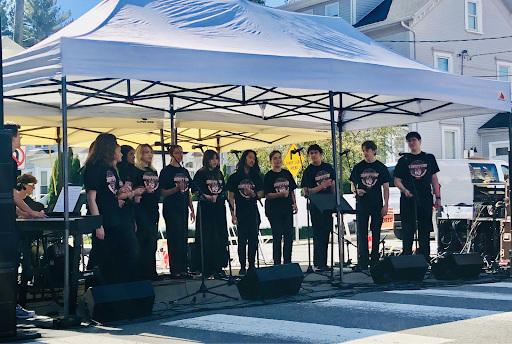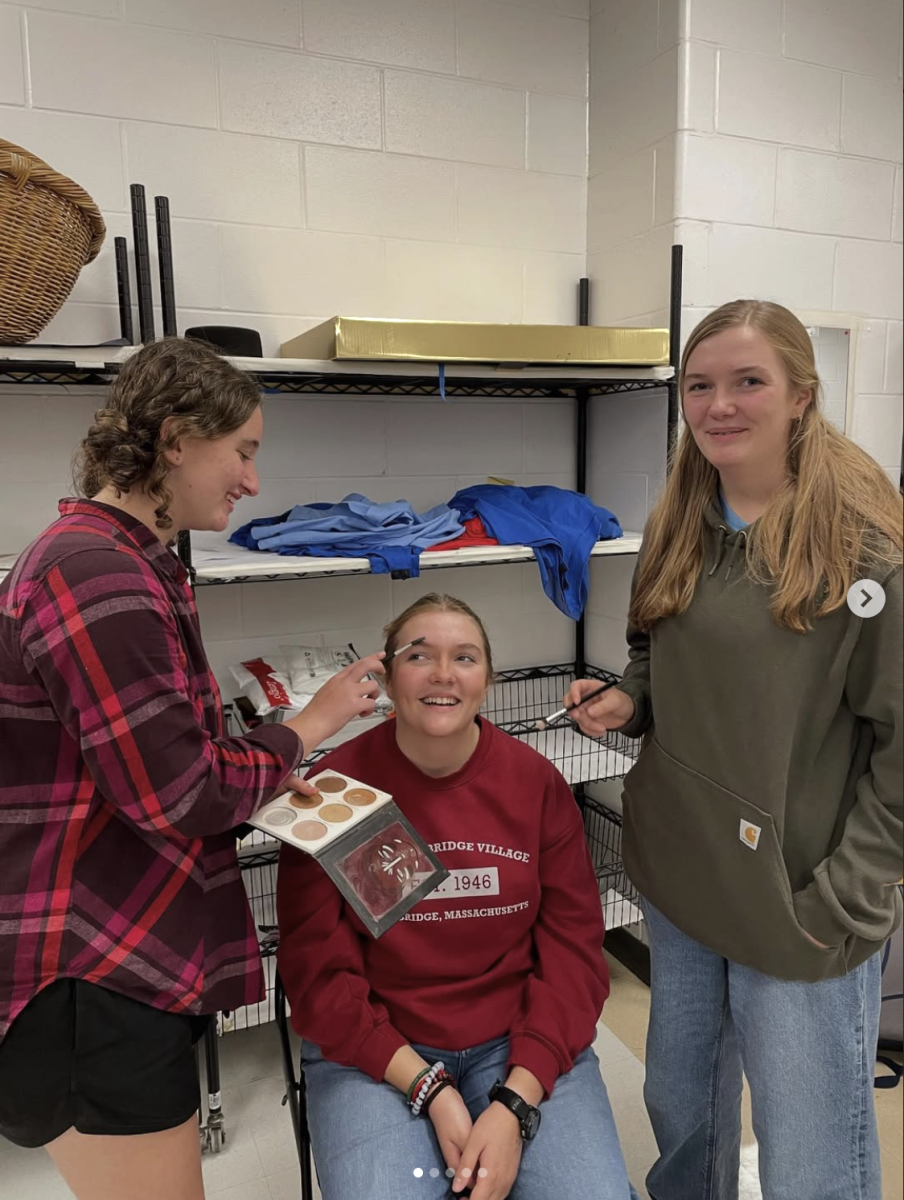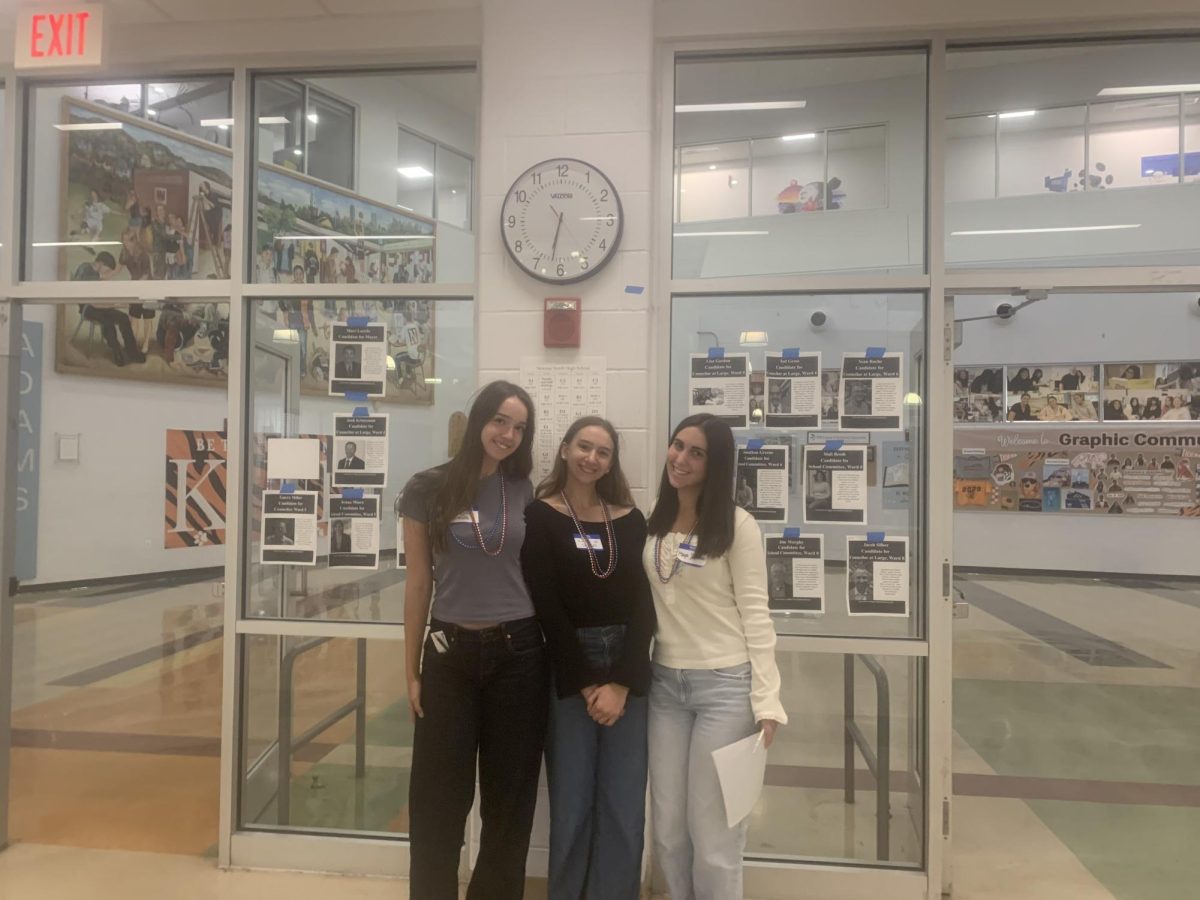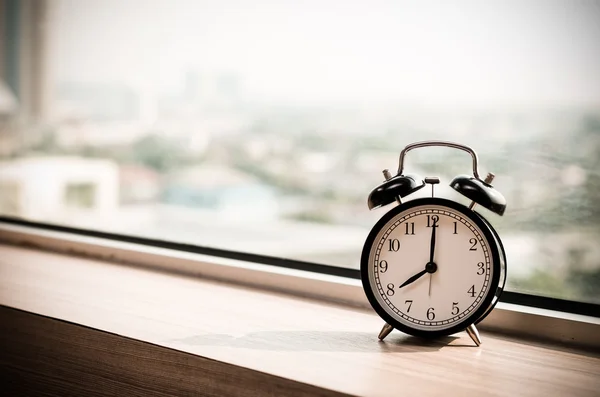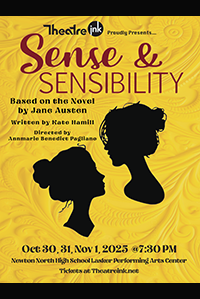 [/media-credit]
[/media-credit]
- “Lost” was one of Nellie Robinson’s self-portraits on display at the Newton Free Library in July.
by Malini Gandhi
Canvases may seem the epitome of what is stationary, unchanging and unbreakable, but to senior and art major Nellie Robinson her art is an exploration of how we transition, how we linger and how we break apart.
Robinson’s collection of self-portraits, “Reflections: Self Portraits by a Sixteen-Year-Old,” an 18 piece exhibit that was displayed at the Newton Free Library July 2 to 28, is characterized by this sense of “in-between-ness,” which she uses to examine her own identity.
“I think it is easier to analyze something if you break it apart,” Robinson said, “All of my art is made up of pieces, and all of it is between two things, two states of being.”
She writes in her introduction to the portfolio that her art deals with states “halfway between childhood and adulthood, between contentment and restlessness, between introspection and expression,” and indeed, all of the pieces seem imbued with a sense of dangling and movement.
In “Turning,” five snapshots are presented side by side; the first depicts Robinson’s profile, and with each successive drawing she in a slightly turned position, so in the last image, she is facing the other direction. Sketched entirely in shades of pencil, the girl in the drawing never looks at the viewer, but poses with her lips turned down. Where has the turning brought her? Has anything changed by the end? Perhaps. Robinson notes that, “I like how if you change one little thing, it becomes a central point, a question.”
 [/media-credit]
[/media-credit]
- A pencil drawing on disply entitled “Turning” shows Robinson from five different perspectives.
The idea of contrasting moments of time is also reflected in the pieces “Youngish” and “Oldish,” two acrylic paintings that both depict Robinson sleeping. The first, bathed in dark blue, shows a girl clutching a pillow, her body curled and her solemn face turned into folds of cloth. In the second, “Oldish,” Robinson lies flat on the ground in peach light, her face to the ceiling and her eyes scrunched shut. The contrast between the places and the light give the paintings the feeling of two very different states of time and being somehow bridged together by a common subject.
Robinson’s paintings are deeply personal, and this is one of the reasons she enjoys creating self-portraits. Aside from the practical reasons of always having a subject available, Robinson said it is “interesting to see how you perceive yourself compared to how others see you.”
“Self-portraits are very accessible and very personal because you have an obvious, direct connection to the subject. You are the subject,” Robinson said.
Robinson experiments with different art media—painting, drawing, and textiles—to take apart, analyze and put together her face.
She said that working with different art forms is valuable because “every medium is a different way to approach the subject. Pieces that are sewn together out of fabric seem more pieced together and fragile, while graphite gives the image a muddled shade and ambiguous feel.”
As Robinson employs a variety of media to depict the same subject, some of the pieces are soft and muted while others are jagged and striking. The piece “Some Assembly,” for example, consists of purple puzzle pieces hanging from strings that each depict parts of Robinson’s face—a snippet of an eye or her nose or her lips. The dangling puzzle pieces form a choppy chaos suspended in a black frame, yet together, they merge into something that resembles Robinson’s face.
“It’s all my face—every piece is so different, and yet it all fits together,” Robinson said.
According to Robinson, her artistic process varies for each piece. After coming up with an idea, she will sometimes start with rough sketches, but usually, she just jumps right in. For the textile pieces, she said she usually sews on pieces of fabric or painted canvas, then adds more paint to tie it all together.
Robinson’s collection for the exhibit was chosen by a committee at the Newton Free Library, and Robinson describes the experience as “very exciting.”
“I always went to the library when I was younger and looked at the art work that was on display, and when I found out you could apply, I decided to try it. It was a neat full circle.
“I’ve never had this many paintings on display before, so it was a new and pretty exciting experience,” she said.

